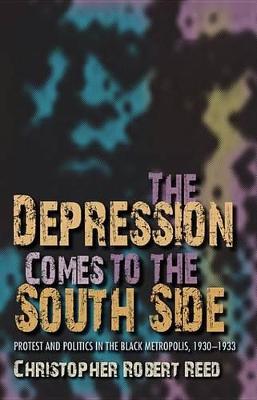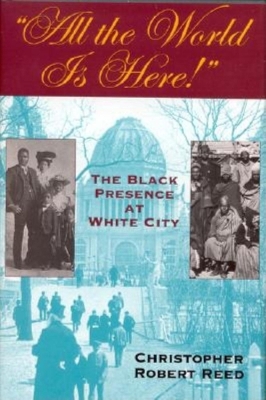Blacks in the Diaspora
3 total works
In the 1920s, the South Side was looked on as the new Black Metropolis, but by the turn of the decade that vision was already in decline-a victim of the Depression. In this timely book, Christopher Robert Reed explores early Depression-era politics on Chicago's South Side. The economic crisis caused diverse responses from groups in the black community, distinguished by their political ideologies and stated goals. Some favored government intervention, others reform of social services. Some found expression in mass street demonstrations, militant advocacy of expanded civil rights, or revolutionary calls for a complete overhaul of the capitalist economic system. Reed examines the complex interactions among these various groups as they played out within the community as it sought to find common ground to address the economic stresses that threatened to tear the Black Metropolis apart.
"This entrancing book looks at [the clash of class and caste within the black community] . . . . An important reexamination of African American history."
—Choice
The 1893 World's Columbian Exposition in Chicago showed the world that America had come of age. Dreaming that they could participate fully as citizens, African Americans flocked to the fair by the thousands. "All the World Is Here!" examines why they came and the ways in which they took part in the Exposition. Their expectations varied. Well-educated, highly assimilated African Americans sought not just representation but also membership at the highest level of decision making and planning. They wanted to participate fully in all intellectual and cultural events. Instead, they were given only token roles and used as window dressing. Their stories of pathos and joy, disappointment and hope, are part of the lost history of "White City." Frederick Douglass, who embodied the dream that inclusion within the American mainstream was possible, would never forget America's World's Fair snub.
The Chicago NAACP and the Rise of Black Professional Leadership, 1910–1966
by Christopher Robert Reed
" . . . the definitive history not only of the Chicago National Association for the Advancement of Colored People (NAACP) but of the city's black middle class as well." —Journal of American History
" . . . a candid portrait of the Chicago branch of the NAACP, one of the association's most important chapters. . . . It also offers a revealing window onto a half-century of race relations in Chicago." —Chicago Tribune
Evolving through six decades of white resistance, black indifference and internal group struggle, the Chicago NAACP was affected both adversely and positively by two world wars, national depression, the Cold War conflict and growing class differentiation among African Americans.


